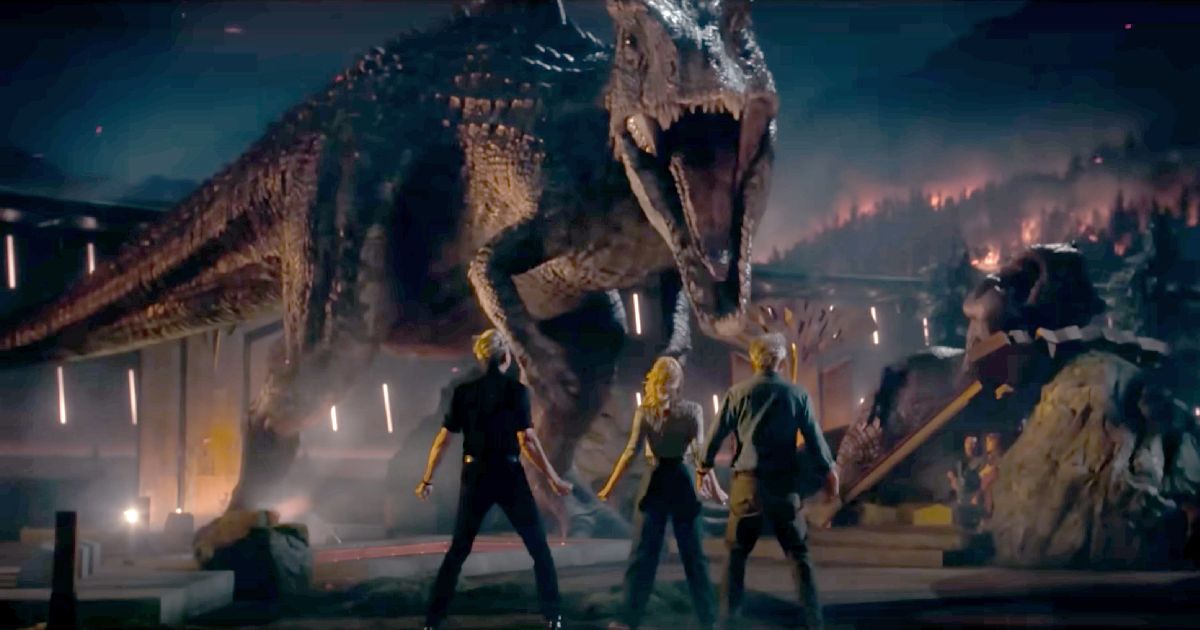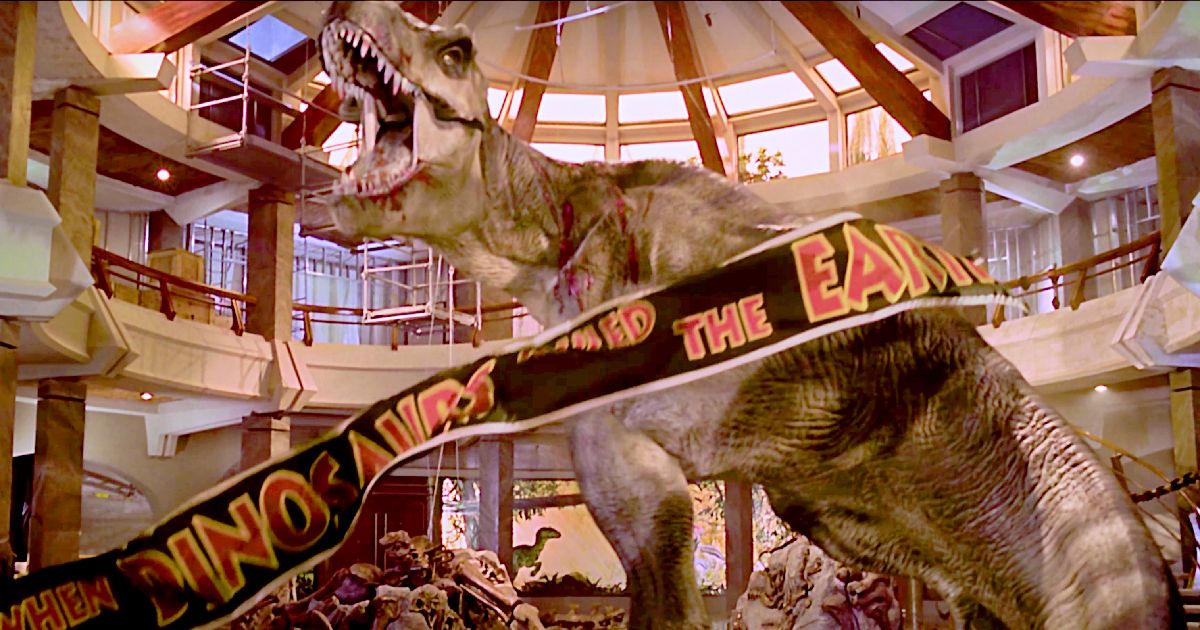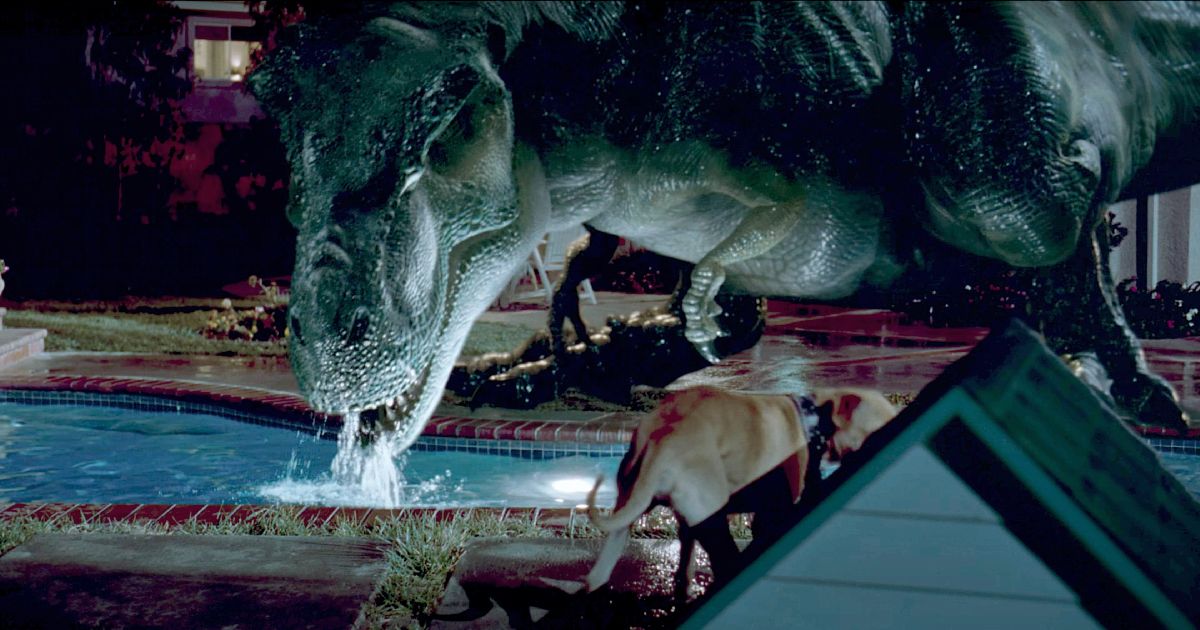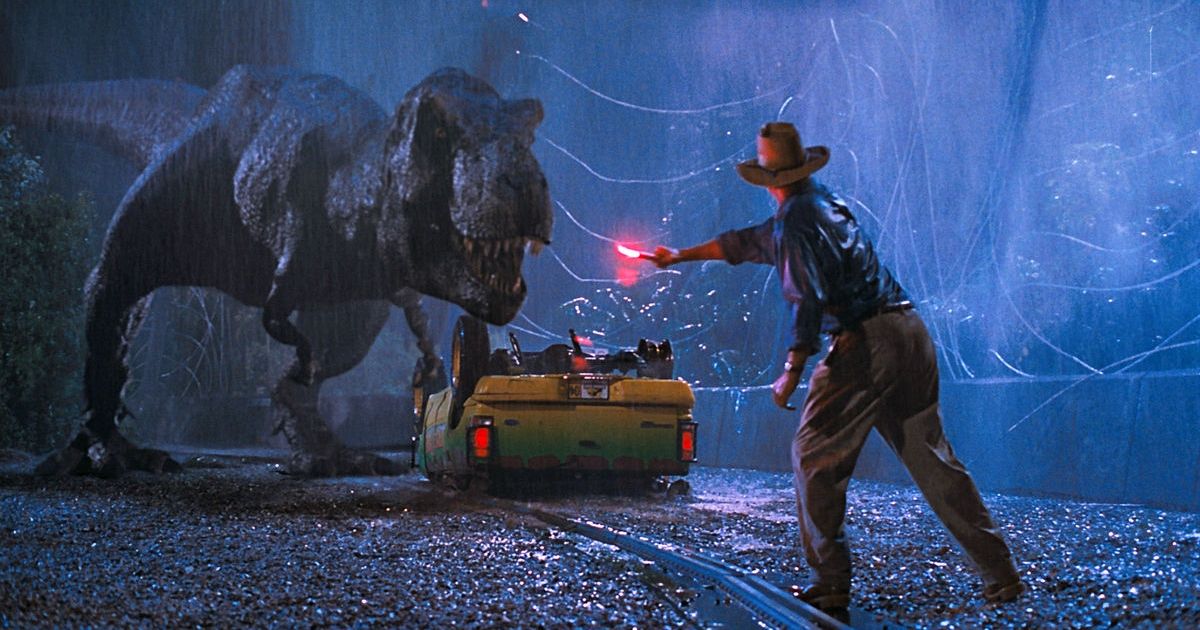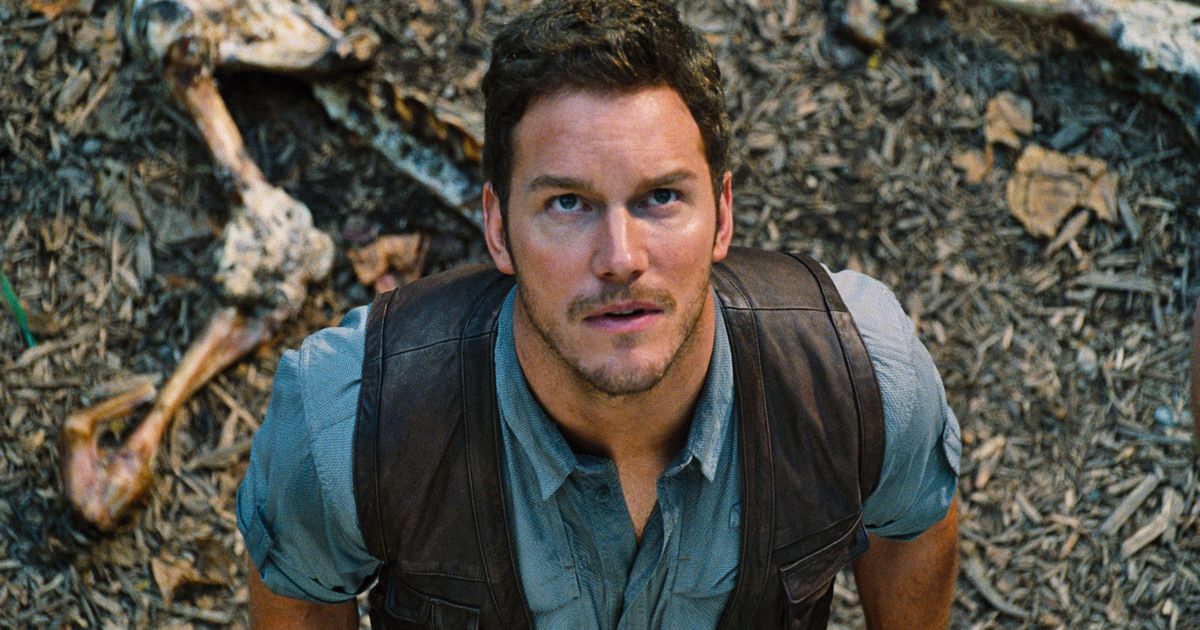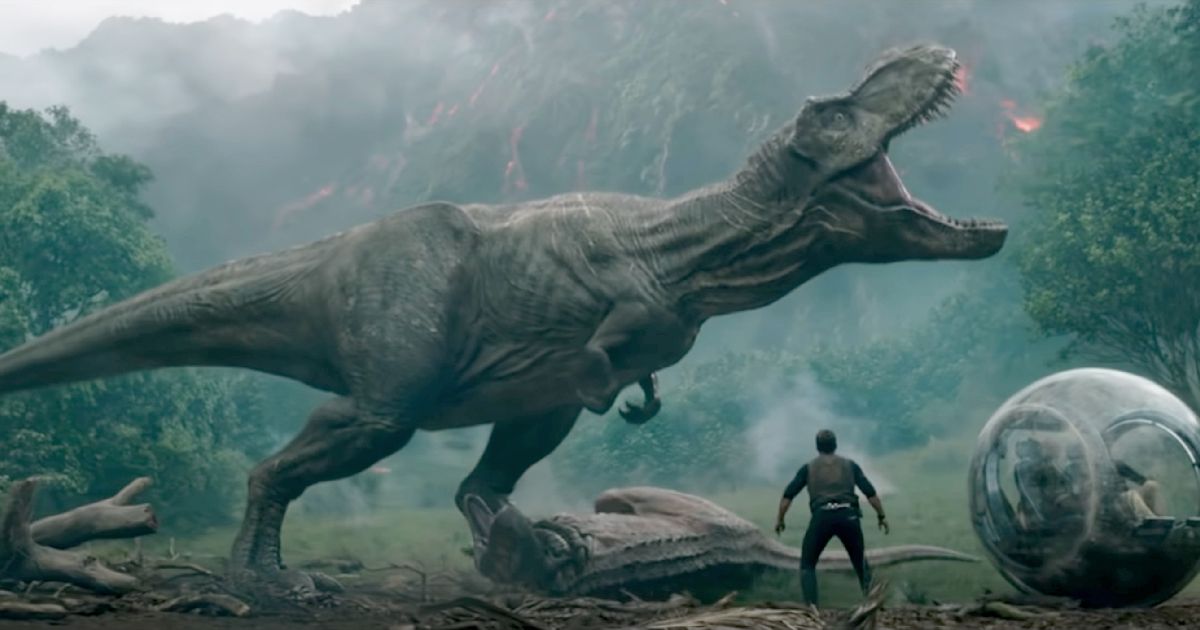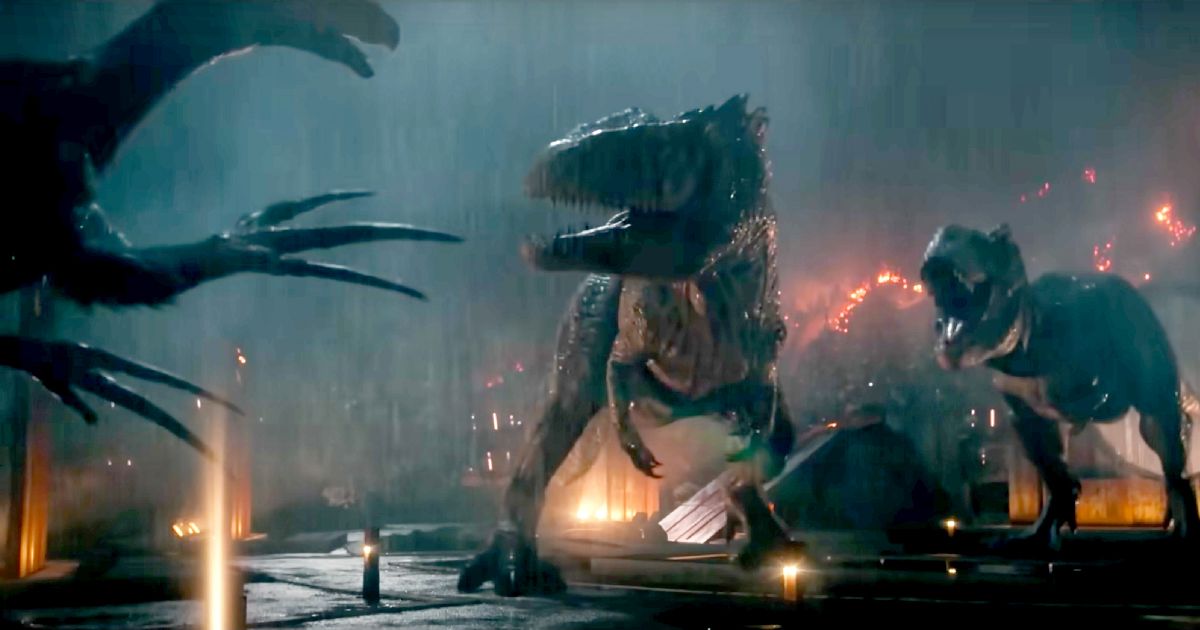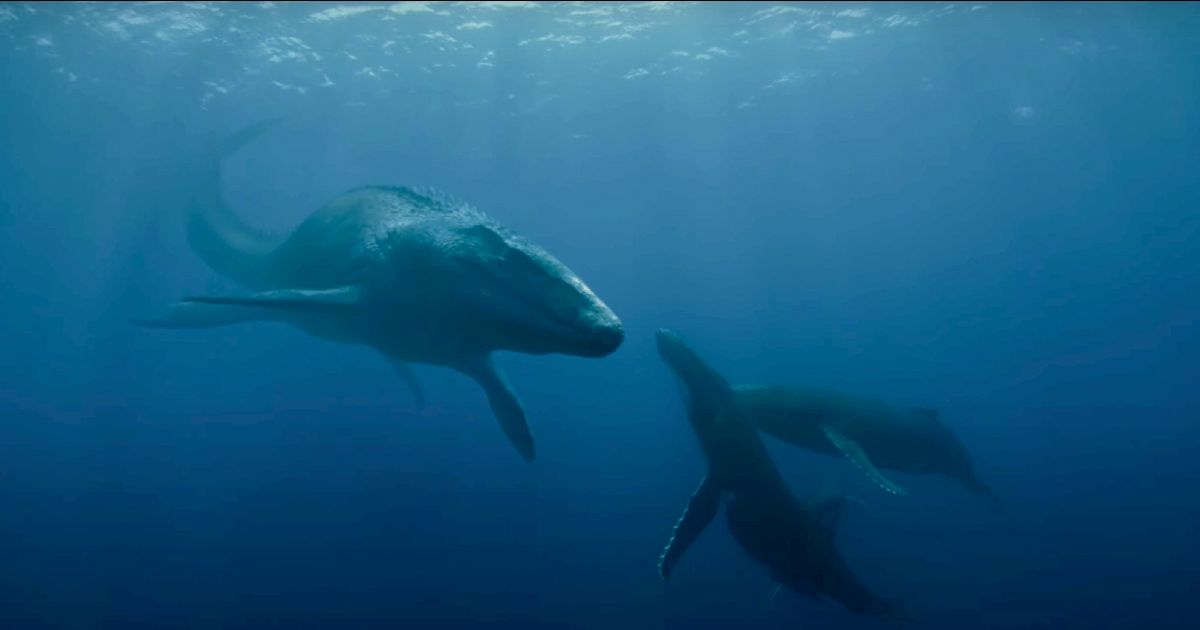This coming June will be the 30th anniversary of Steven Spielberg’s classic dinosaur thriller, Jurassic Park. Since its opening in 1993, the film has spawned five successful sequels, the most recent of which, Jurassic World: Dominion, was released just this year. It will most likely be the last installment for a while.
Dinosaurs had appeared in movies long before Jurassic Park. From the still-impressive stop-motion T. rex battle of 1933’s King Kong, to the slow-motion gallops of prosthetically-enhanced iguanas in 1959’s Journey to the Center of the Earth, there have been many attempts to bring these ancient creatures to life on the screen. Some have worked better than others, but none of them were convincing — until Steven Spielberg and his team (including the great Phil Tippett) did it perfectly in Jurassic Park.
The Groundbreaking Greatness of Jurassic Park
Author Michael Crichton’s story is a brilliant speculation about what would happen if humans really could bring dinosaurs back to life with genetic science. In the film, the anticipation builds until the first encounter with dinosaurs. The initial brachiosaurus looks better than anything seen before, but it is quickly surpassed by a long shot of dinosaurs gathering around a lake. The lighting is spectacular, and the flawless frames are wonderful and stunning.
As the story progresses, the visiting scientists warn that no amount of intelligence or technology can control or contain nature. The audience learns that this includes human nature and corporate greed, a sinister force at work in the shadows. When things start going wrong, the excitement of the story becomes heart-pounding. When things really go wrong, the introduction of the tyrannosaurus rex is a landmark in the history of film.
While there are legitimate critiques that could be made about a number of aspects of Jurassic Park, it was generally acknowledged by audiences and critics alike that it was a very special film, groundbreaking in the fields of both filmmaking and special effects. With its astonishing visual impact, and accompanied by one of legendary composer John William’s best scores, it quickly earned the title of highest-grossing film ever, making close to a billion dollars in its original 1993 worldwide theatrical run and holding that record until James Cameron’s Titanic came along four years later.
Jurassic Park was the kind of film that was so new, so captivating, and so impressive, sequels were inevitable, and five have been produced so far. The sequels have been successful, but have they lived up to the greatness of Jurassic Park? A quick look at the 30-year Jurassic journey shows that the answer is both yes and no.
The Plot Thickens in The Lost World
In The Lost World: Jurassic Park, one of the surviving scientists from the first film, Dr. Ian Malcolm, is recruited to go to a secret, second island that was used to breed the dinosaurs of Jurassic Park, where the dinosaurs have somehow overcome the failsafe dependency that should have killed them. As on the first island, the T. rex species is the apparent top of the food chain and not to be trifled with. Foolishly, a corporation greedily trifles with them, transporting an adult and baby to San Diego, where the adult breaks out and goes on a destructive rampage.
There are some subtle but important changes in this first sequel. Corporate greed is no longer an outside entity doing dangerous things from the shadows, but steps forward in the form of John Hammond’s own misguided company, InGen, to compete with the other dangerous predators for top bad guy status.
The other entity that subtly changes is the T. rex species. In The Lost World, the InGen corporation kidnaps and separates an adult and its baby. In spite of its murderous, carnivorous ways, the adult T. rex is no longer a simple force of nature that must be respected by humans and velociraptors alike. Instead, the audience feels sympathy for it, and it dispenses justice when it teaches its baby to eat the champion of corporate greed before being returned to the island.
Jurassic Park III Keeps it Simple
In the next sequel, Jurassic Park III, Dr. Grant is tricked into traveling to the second island with a rescue party, where he discovers that a spinosaurus is on the island. The dinosaur fights and kills a T. rex, becoming the top threat to the good guys and pushing the corporate greed of InGen back into the shadows. The spinosuarus hunts the group tenaciously but is driven off in the end, and the surviving rescuers are, in turn, rescued from the island.
The subtle change to note in Jurassic Park III is that the dinosaur species are evolving into good dinosaurs and bad dinosaurs. The killing of the T. rex inadvertently saves the rescue party, but somehow feels wrong, and the hazy, inhuman eyes of the spinosaurus make it seem evil in a way the T. rex never was. The velociraptors, who were the scariest bad guys in Jurassic Park, are more intelligent and responsive than ever, hinting at a potential bond between raptors and humans.
The New Challenges of Jurassic World
New heroes are introduced in Jurassic World, Claire Dearing, played by Bryce Dallas Howard, and Owen Grady, played by Chris Pratt. The InGen corporation returns under new management that has finally realized John Hammond’s vision of opening a dinosaur theme park. But corporate greed is still lurking in the Jurassic World labs like a cancer, and produces the indominus rex, a hybrid dinosaur more terrifying than the spinosuarus. It’s also revealed that the corporation now has a department with the goal of weaponizing dinosaurs. The escape of indominus rex leads to many deaths, the closure of the park, and the freeing of all the dinosaurs.
The dinosaurs of Jurassic World are becoming more and more heroic or villainous. The raptors that Dr. Grant was able to negotiate with in Jurassic Park III have become even more respectful and understanding of good people, learning to resist their urge to kill anything. At the same time, indominus rex is also more advanced, but in a very negative way: not only does she desire to kill anything, she kills for fun — a decidedly evil character trait.
Another character trait, the corporate dupe, hasn’t been seen since John Hammond. In Jurassic World, it is reintroduced and taken ever further. Like Hammond, the corporate dupe is initially dedicated to the InGen corporation and the control of dinosaurs, but, like the velociraptors, now gets to choose to become actively “good.” One tries and succeeds (Claire Dearing) and one tries and fails (Simon Masrani). Neutral scientists have become extinct, and camps for good and bad are becoming clearly defined, for both dinosaurs and humans.
The Integration of the Species in Jurassic World: Fallen Kingdom
In Jurassic World: Fallen Kingdom, the actively good people unite to form the Dinosaur Protection Group to combat dinosaur abuse. The group gets corporate backing, but, like the dinosaurs, corporate greed is still alive too, and spreading in the form of mercenary game hunters on the island and, as usual, traitors within the dark corridors of the corporation.
Both dinosaurs and humans have polarized into good and bad camps. A perfect example happens when a good sinoceratops (a plate-headed dinosaur) wakes Grady up to save him from lava, then a bad carnotaurus (a devil-horned dinosaur) ignores the volcanic eruption to try to kill Grady and the sinoceratops, but good old T. rex shows up and kills the carnotaurus, rescuing Grady.
The mercenaries cage many dinosaurs as the eruption destroys the park and life on the island. The good humans and good dinosaurs team up on the mainland to thwart the bad humans and the newly bred weaponized dinosaur, indoraptor, which is so bad it even smiles before killing many of the corporate dupes and bad humans. Of course, good triumphs, but the good humans and good dinosaurs part ways as the rescued dinosaurs all run wild into North America.
Getting the Job Done in Jurassic World: Dominion
It turns out that Dr. Malcolm’s ominous warning at the end of Fallen Kingdom about a world inhabited by both humans and dinosaurs was unnecessary. Even though corporate greed is still embodied in Jurassic World: Dominion by the BioSyn corporation and a dinosaur black market on Malta, the entire ensemble cast of good humans and good dinosaurs from previous movies are still willing to team up to fight the bad humans and the bad dinosaur.
As the story continues, more corporate dupes are converted to good, like pilot Kayla Watts and longstanding geneticist Dr. Wu. In a pleasant turnabout, the good humans infiltrate the bad humans and sabotage their bad activities. The unnatural restraint of T. rex is seen again in the climactic fight, when she teams up with nightmarish newcomer therizinosaurus and its Freddy Krueger claws to defeat the new bad guy dinosaur, giganotosaurus.
In the end, the bad dinosaur is dispatched, the bad humans are eaten or exposed, and Dr. Wu is able to use his scientific talent to convert bad dino-locusts into good dino-locusts and save the world. The valley in Italy where BioSyn existed will now be an international dinosaur sanctuary where they can live safely and freely.
The Disappointing Conclusion of the Jurassic Sequels
As filmmaking technology has improved over the last three decades, the sequels of Jurassic Park have been able to match the visual impact of the original, and the action-packed screenplays have been filled with thrills and fun. The characters have never really become more than acquaintances, but they weren’t any more than that in the original Jurassic Park. In most ways, the sequels live up to what made Jurassic Park so great, which is evident in their success.
But it’s the messages of the Jurassic Park sequels that have changed slowly over time, and it hasn’t been an upwards evolution. The classic storytelling messages of the original Jurassic Park were solid. Respect life and nature. Cherish human relationships. Complete control is an illusion. Selfish greed is harmful to everyone. Wield power with responsibility and foresight. The messages of the sequels, which culminated in Jurassic World: Dominion, were not as solid. Not being good is a bad idea. Corporations can’t be trusted. Any animal can learn to be good. Blah blah.
Granted, a certain amount of latitude must be given because of the genre — effects-driven action movies are rarely profound (although Marvel may have discovered that trick). The main purpose of the Jurassic Park films is to entertain, and they do that well. But it’s still disappointing to go from a film with messages of genuine human wisdom to films that offer only blind optimism and nonsensical naturalism. This disappointing conclusion of the sequels is revealed in the closing minutes of Jurassic World: Dominion. The narration explains how humans are part of a fragile system made up of all living things, and the only way to survive is to trust, depend on, and coexist with all creatures.
As the majestic music swells, a herd is seen galloping in slow motion across the plains, half horses, half dinosaurs. A flock of birds takes flight along with three carnivorous pterosaurs. A sinoceratops plods along with a family of elephants. A mosasaurus dwarfs the humpback whales it swims peacefully around. Apparently, in the end, the dinosaurs have chosen to coexist. So, why can’t real humans? And the Oscar for Most Shallow Ideology goes to….
Enjoy the ride of the sequels, but leave the life lessons to Jurassic Park.

